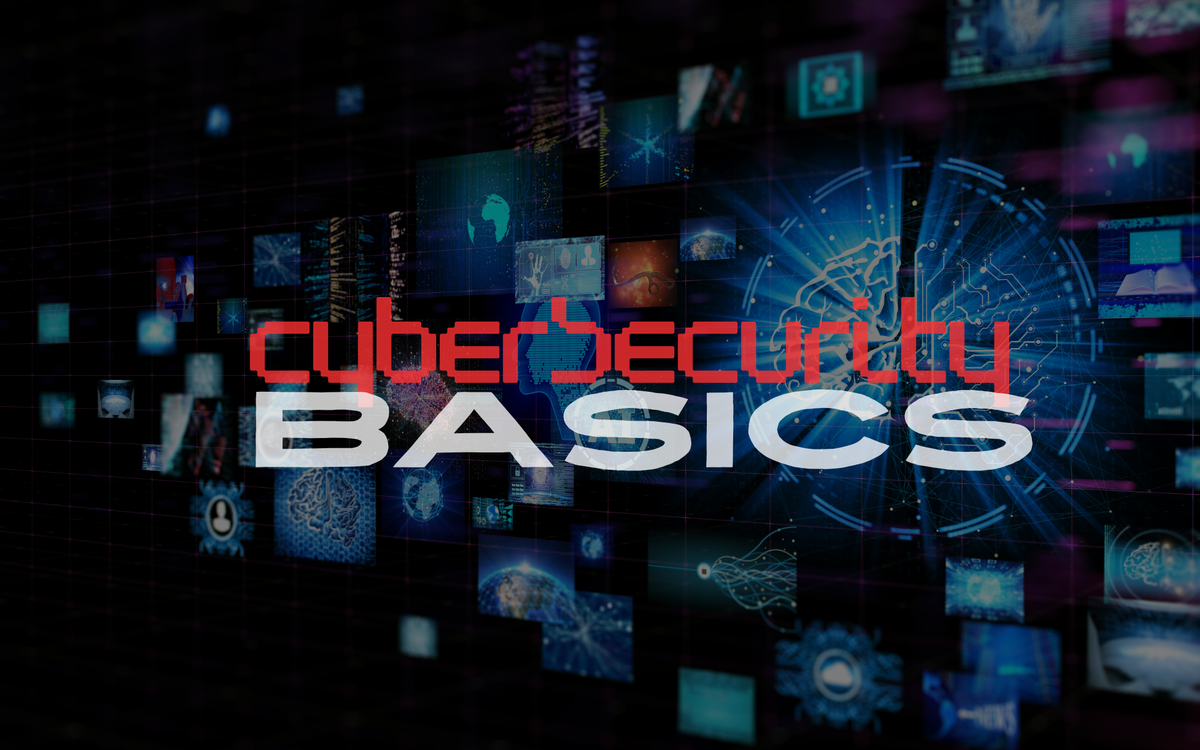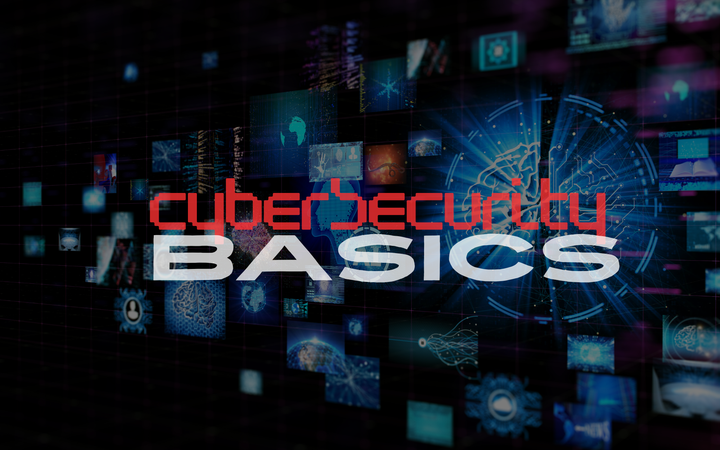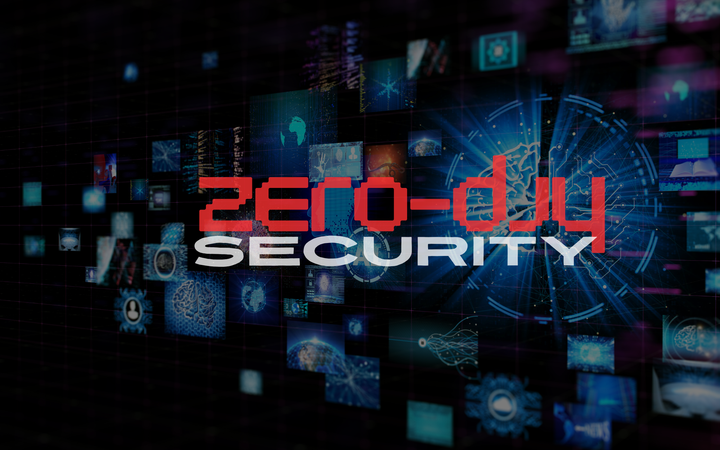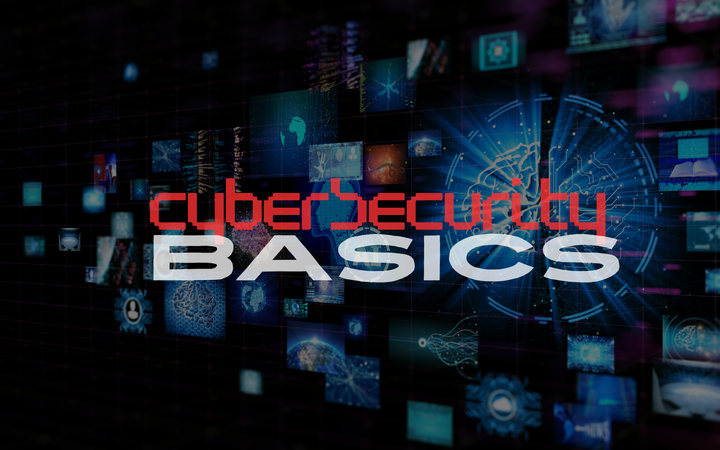Cybersecurity Fundamentals: What Every Modern User Should Know

Cybersecurity is no longer just the responsibility of IT departments – it's a personal and professional necessity for everyone connected to the internet. With rising ransomware attacks, phishing scams, and AI-powered threats, understanding the basics of cybersecurity is critical in 2025 and beyond.
In this post, we'll walk through the core principles of cybersecurity, common attack types, and best practices to help you protect your digital life – whether you're an individual user, small business owner, or IT pro.
What is Cybersecurity
Cybersecurity is the practice of protecting systems, networks, and programs from digital attacks. These attacks typically aim to access, change, or destroy sensitive data; extort money; or disrupt normal business operations.
It covers:
- Information Security (InfoSec): Protecting data integrity and confidentiality.
- Network Security: Defending infrastructure from intrusions.
- Application Security: Ensuring software is free of vulnerabilities.
- Endpoint Security: Protecting devices like computers and phones.
- Cloud Security: Securing cloud-hosted data and services.
Common Types of Cyber Threats
Staying informed about modern attack methods is step one in defense. Key threats include:
| Threat Type | Description |
|---|---|
| Phishing | Deceptive emails or texts that trick users into revealing personal info or clicking malware links. |
| Ransomware | Malware that encrypts your files and demands payment for the key. |
| Zero-Day Exploits | Attacks on software vulnerabilities before developers patch them. |
| DDoS Attacks | Flooding a service or network to make it unavailable. |
| Credential Stuffing | Using leaked usernames/passwords from breaches to access other services. |
Key Cybersecurity Concepts
- The CIA Triad:
- Confidentiality: Only authorized people can access data.
- Integrity: Data remains accurate and unaltered.
- Availability: Systems and data are accessible when needed.
- Least Privilege Principle:
- Give users the minimum access they need– no more.
- Defense in Depth:
- Layered security measures (e.g., firewall + antivirus + MFA) provide multiple lines of defense.
Essential Security Tools
For Individuals:
- Password Managers (e.g., Bitwarden, 1Password)
- Two-Factor Authentication (MFA apps like Authy or Duo)
- Secure Browsers (Brave, Firefox + HTTPS Everywhere)
- Antivirus (Microsoft Defender, Malwarebytes)
For Businesses:
- Endpoint Detection & Response (EDR)
- Email Security Gateways
- SIEM Platforms (e.g., Splunk, Microsoft Sentinel)
- Secure Access Service Edge (SASE)
- Employee Security Awareness Training
Best Practices for Everyone
- Use Strong, Unique Passwords for every site and enable MFA.
- Keep Software Updates – OS, browsers, apps, plugins.
- Beware of Phishing – Don't click on suspicious links or attachments.
- Backup Your Data regularly using encrypted storage.
- Secure Your Home Wi-Fi – Change the default admin credentials and enable WPA3.
- Limit Public Wi-Fi Use or use a VPN if needed.
The Human Element in Cybersecurity
Tecnology alone won't save us. According to Verizon's 2025 Data Breach Report, over 78% of breaches involved human error. Training, culture, and awareness matter as much as firewalls and encryption.
Final Thought
Cybersecurity isn't about paranoia – it's about preparedness. Whether you're an individual trying to protect your identity or a company securing sensitive customer data, getting the fundamentals right sets the foundation for every other defense you'll build.
Start simple. Stay updated. Always verify.
Cybersecurity is a journey, not a one-time fix.
📬 Stay Informed with ThreatGrid
Want weekly insights, threat intelligence, and practical security tips?
Subscribe to ThreatWire, ThreatGrid's newsletter or check out our latest war-gaming playbook.



